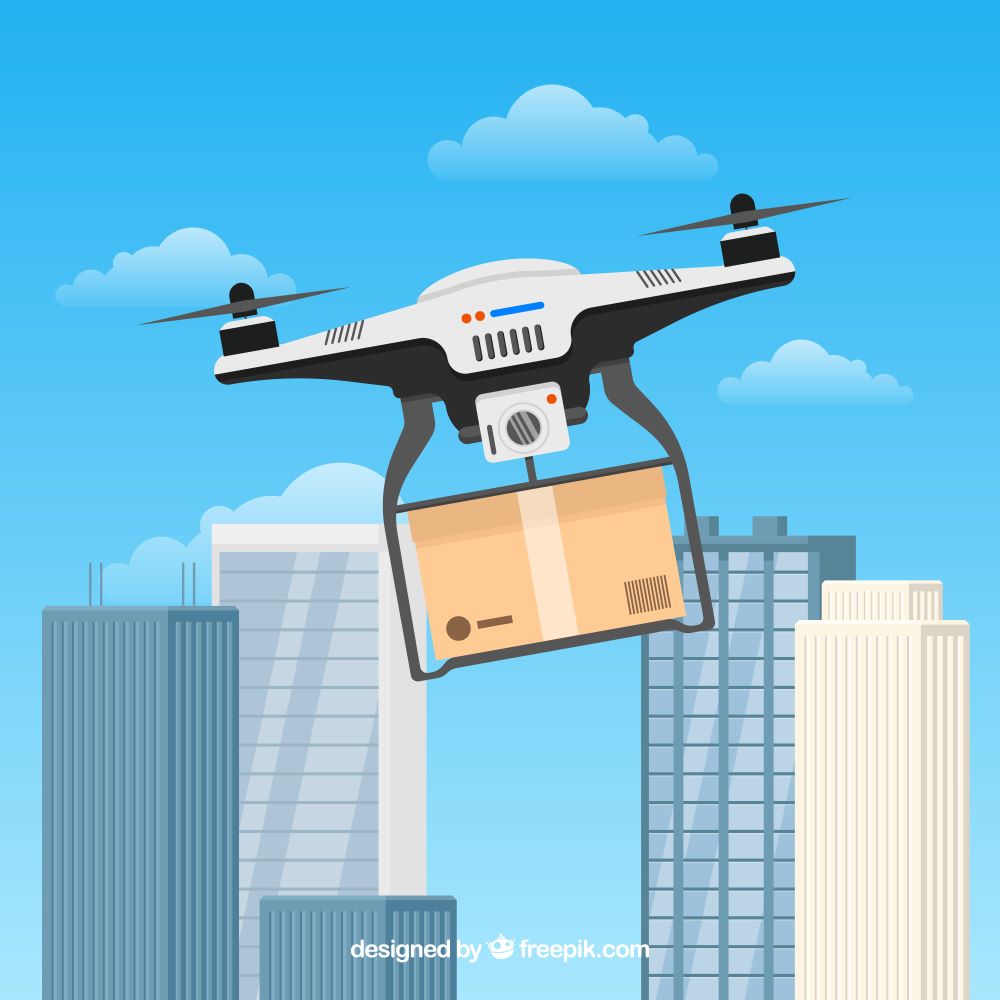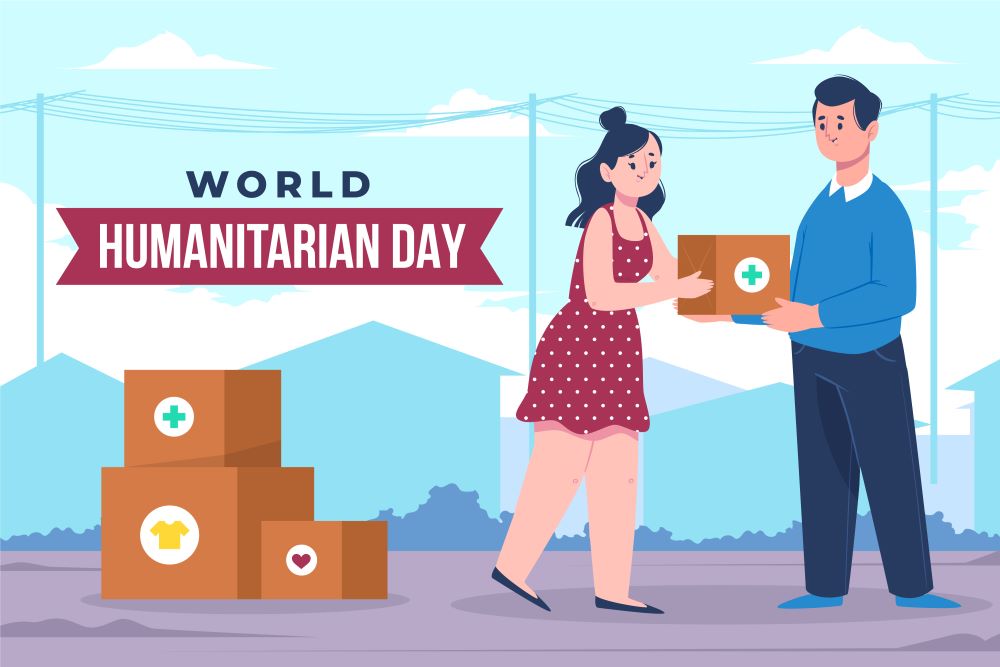World Humanitarian Day, observed annually on August 19, is a global celebration that honors the dedication and courage of humanitarian workers who risk their lives to help others in need. Established by the United Nations General Assembly in 2008, this day is a tribute to those who have lost their lives in humanitarian service and to those who continue to work tirelessly to alleviate suffering in the most challenging environments. The day is marked by various events and campaigns worldwide, aimed at raising awareness of the importance of humanitarian work and the need for solidarity in addressing global crises.
The theme for World Humanitarian Day changes annually, each time highlighting a different aspect of humanitarian work. This year’s theme is Act for Humanity. The day also serves as a reminder of the ongoing need for international cooperation in responding to emergencies, whether caused by natural disasters, conflicts, or other crises. In recent years, innovative approaches in humanitarian aid have emerged as critical tools in enhancing the effectiveness and efficiency of aid delivery. These innovations are not only improving the reach of humanitarian efforts but are also ensuring that aid is provided in a more timely and equitable manner. Let’s deep dive into the top five innovations.
Artificial Intelligence in Disaster Response

Artificial Intelligence (AI) has become a transformative force in disaster response, offering tools that can significantly improve the speed and accuracy of aid delivery. One of the most notable applications of AI is in the analysis of satellite imagery to assess the extent of damage caused by natural disasters such as earthquakes, floods, or hurricanes. For instance, during the 2021 Haiti earthquake, AI was used to quickly analyze images of affected areas, enabling humanitarian organizations to prioritize the most severely impacted regions.
AI also plays a crucial role in predicting the likelihood of disasters, allowing for preemptive measures to be taken. For example, AI algorithms can analyze weather patterns and other environmental data to forecast the likelihood of floods or droughts, enabling aid organizations to prepare and respond more effectively. By leveraging AI, humanitarian workers can make more informed decisions, ensuring that resources are allocated where they are needed most.
Blockchain for Transparent Aid Distribution
Blockchain technology, best known for its use in cryptocurrencies, is now being utilized to enhance transparency and efficiency in humanitarian aid distribution. Blockchain’s decentralized and immutable nature ensures that all transactions are recorded in a transparent and tamper-proof manner, which is particularly valuable in the context of aid distribution.
One successful implementation of blockchain in humanitarian aid is the World Food Programme’s (WFP) Building Blocks project. This initiative uses blockchain to distribute cash assistance to refugees in Jordan. Through this system, refugees receive digital vouchers that can be redeemed for food and other essential items at local stores. The blockchain ensures that each transaction is securely recorded, reducing the risk of fraud and ensuring that aid reaches those who need it.
Drones for Rapid Delivery of Supplies

Drones have emerged as a game-changer in the delivery of humanitarian aid, particularly in remote or inaccessible areas. Their ability to quickly and efficiently transport supplies to disaster-stricken regions has made them an invaluable tool in humanitarian operations.
For example, in 2016, drones were used to deliver medical supplies to remote areas of Rwanda, where road access was limited. This initiative, led by the company Zipline in partnership with the Rwandan government, has since expanded to include the delivery of blood, vaccines, and other critical medical supplies. Drones have also been used in disaster response efforts, such as delivering food and water to areas affected by hurricanes or earthquakes. Their ability to bypass damaged infrastructure and reach isolated communities ensures that aid arrives in a timely manner, potentially saving lives.
Mobile Technology for Real-Time Data Collection
Mobile technology has revolutionized the way humanitarian organizations collect and use data in crisis situations. With the widespread availability of smartphones and mobile networks, aid workers can now gather real-time information from affected populations, enabling a more responsive and targeted approach to aid delivery.
One notable example is the use of mobile surveys during the Ebola outbreak in West Africa. Humanitarian organizations deployed mobile-based tools to collect data on the spread of the disease, which was then used to inform public health interventions and resource allocation. Similarly, mobile technology has been used in refugee camps to conduct needs assessments, allowing aid organizations to prioritize services such as food distribution, healthcare, and shelter.
Mobile apps are also being developed to assist in the coordination of humanitarian efforts. For example, the UN’s Humanitarian Data Exchange platform aggregates data from various sources, providing real-time insights into ongoing crises. This data is critical for coordinating the efforts of multiple organizations and ensuring that aid is delivered where it is most needed.
3D Printing for On-Demand Aid Supplies

3D printing is another innovative approach that is transforming humanitarian aid by enabling the on-demand production of essential supplies. This technology is particularly useful in disaster-stricken areas where traditional supply chains are disrupted.
One pioneering example of 3D printing in humanitarian aid is the production of medical supplies in conflict zones. For instance, in Syria, where access to medical supplies has been severely restricted, humanitarian organizations have used 3D printers to produce prosthetic limbs and other medical devices. This approach not only reduces the time and cost associated with transporting supplies but also ensures that aid can be customized to meet the specific needs of individuals.
In addition to medical supplies, 3D printing is also being used to produce temporary shelters, water filtration systems, and even food. The ability to produce these items on-site and on-demand represents a significant advancement in humanitarian logistics, reducing reliance on complex supply chains and ensuring that aid can be provided more quickly and efficiently.
Conclusion
As we observe World Humanitarian Day, it is essential to recognize the role of innovation in enhancing the effectiveness of humanitarian aid. From AI and blockchain to drones, mobile technology, and 3D printing, these innovative approaches are not only improving the delivery of aid but are also ensuring that it is more transparent, efficient, and responsive to the needs of those affected by crises. As global challenges continue to evolve, so too must the strategies we employ to address them, and these innovations represent a significant step forward in our collective efforts to alleviate human suffering.
ABM College supports the observance of World Humanitarian Day.
Contact us to learn more about our programs.
Read more trending articles.
About The Author

Private Career College
ABM College is a leader in career-focused education, committed to empowering students with industry-relevant skills. With expert instructors and practical training, ABM College delivers high-quality programs in health, business, technology, and more, ensuring graduates are prepared to meet workforce demands. Known for its supportive learning environment and a focus on real-world application, ABM College is a trusted educational partner helping students achieve professional success across Canada.
